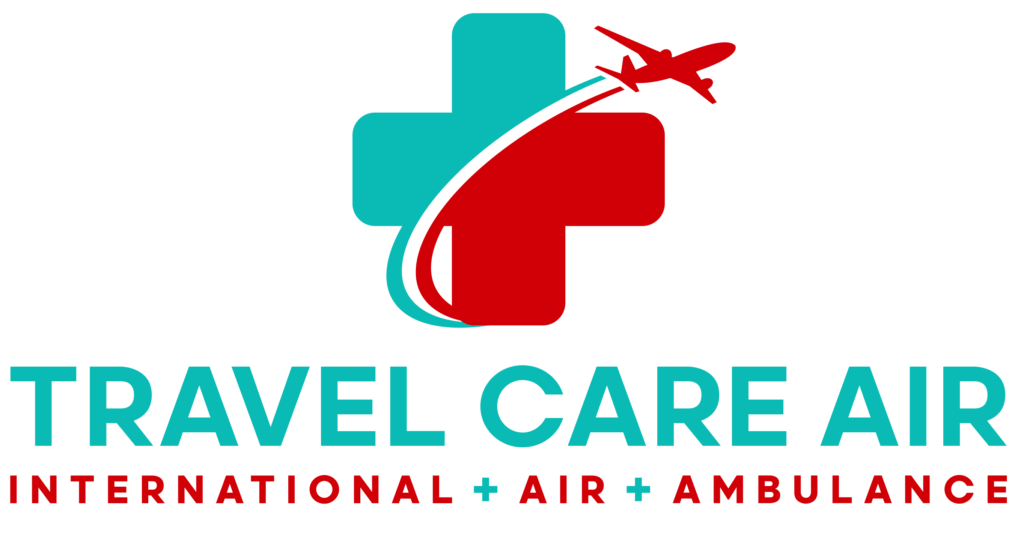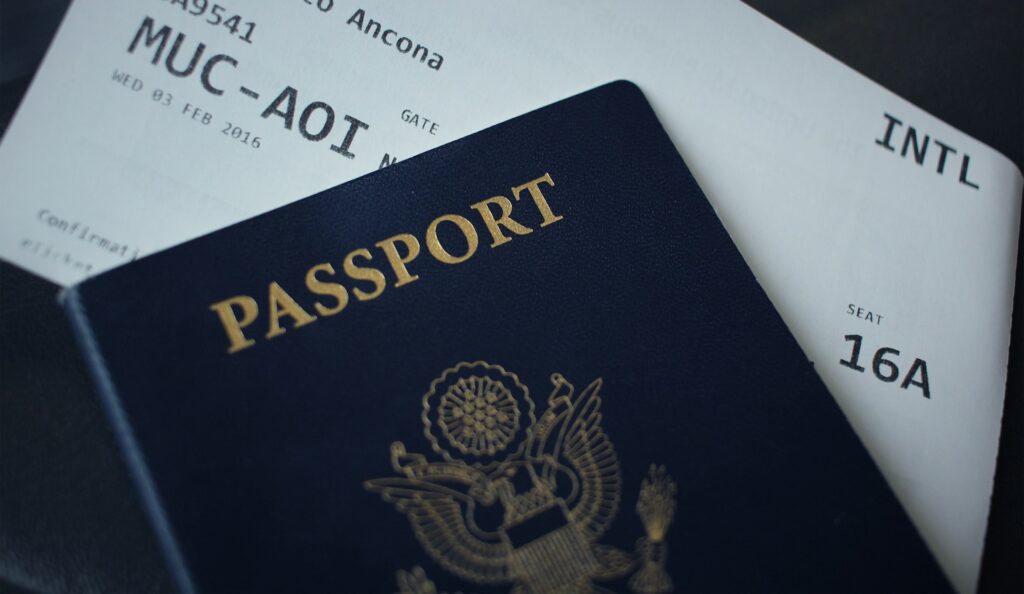Use this air ambulance checklist to reduce stress and avoid last-minute scrambles. Some patients have weeks to plan; others have only days or hours. Either way, a focused list helps you fly comfortably and arrive ready for care. For more packing ideas, see What Families Should Pack for a Medical Flight.
Medications and Medical Documents
-
Prescription medications (3-day supply or more). Delays happen. Bring enough for the flight and the first few days at your destination.
-
Medical records. Include summaries, medication lists, allergies, recent labs, and imaging if available. We can help collect records from your doctor or hospital.
-
Pain management plan. If prescribed, pack the correct dosage and timings. Ask your physician about in-flight needs.
Identification and Travel Papers
-
Passports and IDs. Bring a valid passport for international routes and at least two forms of ID for all travelers.
-
Insurance cards and authorizations. Pack health insurance details and any pre-approvals or case numbers.
Contacts and Coordination
-
Clinical contacts. Your physician’s number, the nurse’s station, and (if assigned) your case manager’s direct line.
-
Destination details. Name, address, and phone for the receiving hospital or facility to streamline the handoff.
-
Emergency contacts. List primary and secondary contacts. A relative or support person can often travel with you—ask us about seating.
Comfort and Personal Items
-
Clothing and essentials. Pack easy-on layers, toiletries, and any mobility aids. For children, add a comfort item such as a favorite toy or blanket.
-
Personal tech and chargers. Phone, hearing aids, glasses, dentures, and device chargers in your carry-on.
Day-of-Flight Tips
-
Arrival and transfer. Our crew will transfer you to the aircraft, secure you on the stretcher, and set up needed equipment.
-
Travel partner role. If someone joins you, ask them to act as your “assistant” so you can focus on rest and recovery.
-
Payment methods. Bring a backup form of payment in case your arrival timing affects billing or pharmacy access.
Why preparation matters
A complete air ambulance checklist prevents missed meds, speeds hospital admission, and smooths bedside-to-bedside transfers. It also lets family and clinicians coordinate faster—so you spend less time worrying and more time healing.

